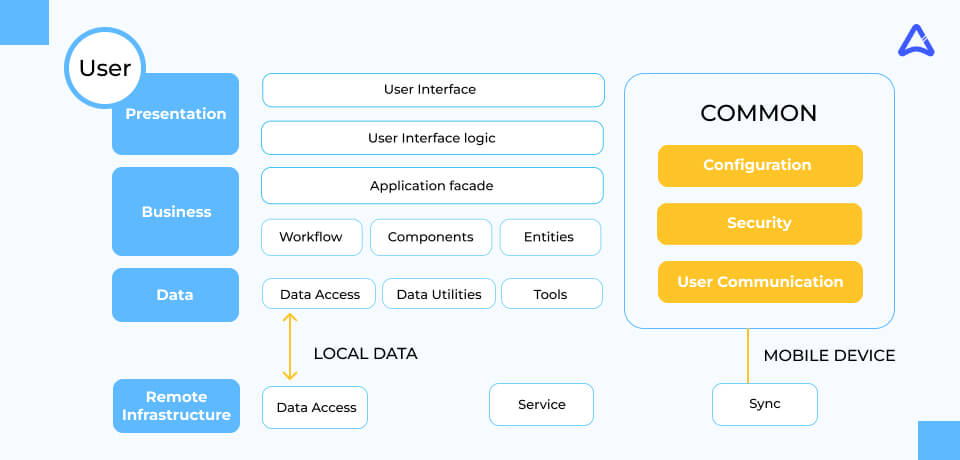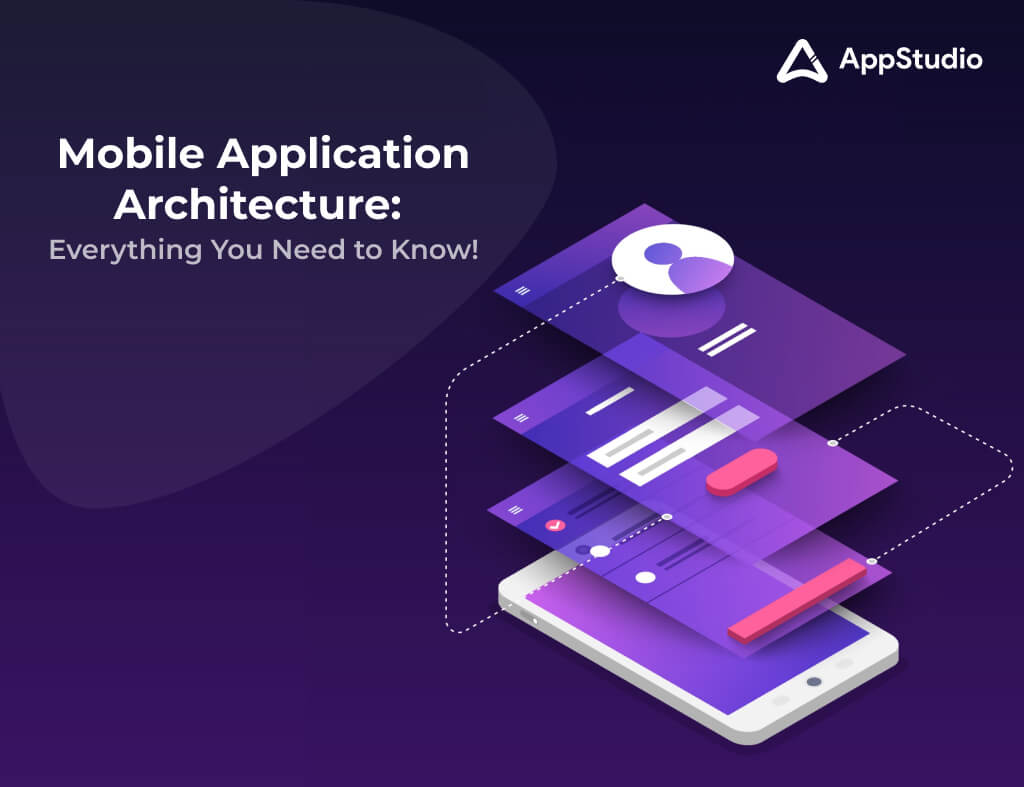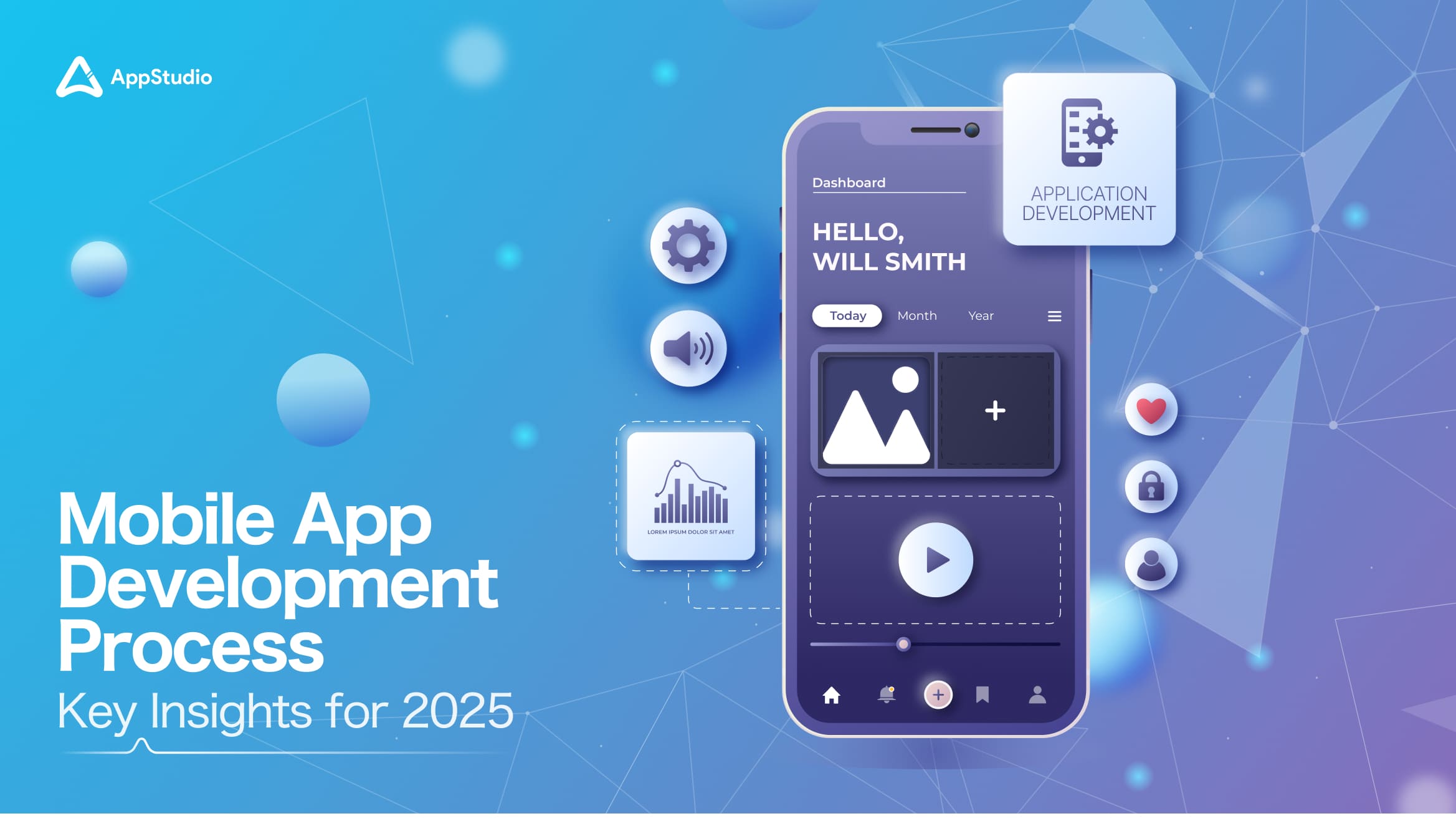It goes without saying that mobile applications are an integral part of the digital ecosystem. And with the advent of the pandemic, there has been a significant boost in mobile app interactions. As per a report by Mobile App Trends 2021, there was an increase of 31% in app installations worldwide, inducing an overall 4.5% raise in user engagement. While there are 2.22 million iOS applications on the App Store, the Google Play Store encompasses 3.48 million mobile apps. The mobile apps generated a revenue of $188.9 billion in 2020, which was $69.7 billion in 2015 and $88.3 billion in 2016.
Source: Statista
With the above-stated facts, the sheer popularity of mobile applications is evident and these are a wondrous linchpin for the business sector. Be it brand promotion or boosting customer retention, the mobile apps are at your rescue. And for robust marketing and promoting sources, the foundation has to be even stronger. It goes a lot behind creating and preparing for an app. That being said, we are here to discuss in detail the mobile app architecture. Read on!
Understanding the Concept of Mobile Application Architecture

In simpler words, an app architecture should be immensely flexible and support agile development methods to enhance the testing process while making future maintenance less prone to bugs. A robust mobile architecture will let you save time and monetary resources both in the short and long term. It won’t be sticking to just one platform and applies to native and cross-platform platform systems, leading to a distinctive development approach. Avail of our mobile app development services to integrate splendid architecture apps into your business.
Multiple Layers of a Mobile Application Architecture
The application architecture diagram comprises multiple layers that make it stronger. Let’s have a look at the vital components of a mobile application architecture. A three-layer app architecture includes:
Presentation Layer
The presentation layer focuses on the elements of the User Interface process. It takes care of how an app would be presented to the end user. When it comes to making an architecture design app, the developers should be well-versed in determining the apt client type in compliance with the infrastructure. The presentation layer is all about paying attention to the visual appeal and UI of an app. An app developer plays a major role here to decide how an app needs to be portrayed in front of the users. The vital elements like themes, color and font should also be sorted at this stage.
Business Layer
The business layer is the crucial stage of mobile app development, imparting functionalities of an app. This layer is deployed on the backend server and can be used remotely by the mobile app to shed the load. The load is accumulated because of the mobile devices working on limited resources. This layer comprises business components, workflows and other entities.
Data Access Layer
This layer is an outcome of the combination of data access components, data utilities and service agents. The data access layer works with the application requirements and ensures a secure transaction of data. It is utterly important to structure this layer to ensure a higher scalability for the future. This third and crucial layer includes data access components, data helpers/utilities, and service agents. The architecture app is protected from the invalid data input by this layer as it corrects and formats a strong validation technique. The developers at AppStudio pay attention to decoupling of business logic from the presentation layer code.
Factors to Consider while Developing a Mobile App Architecture
1. Determining the device type: The type of a smartphone depends on which operating system it is running on. Since Android phones are totally different from the iOS phones, it is important to first consider the device type and build the app’s architecture accordingly. The important factors that one should consider are: CPU characteristics, screen size & resolution, memory, storage capacity and development tool framework’s availability.
2. Considering bandwidth: Not always a user finds internet connectivity and you need to consider the same while developing an application’s architecture. Research about the demographic region and bandwidth scenario of the location you are building an app for. If the app’s performance is slow in the poor network, it will affect the customer retention rate. Thus, it is important to take the bandwidth scenario into consideration while building an app architecture.
Wrapping Up
The success of any mobile application depends on how robust its architecture is. Having a detailed understanding of your business requirements and user demands can navigate you through to plan an app’s features and connect them via layers. One also needs to dodge the incorrect assumptions to ensure an app’s successful development and deployment. If you are looking to upscale your business via digital transformation or are in a dilemma about how to develop a mobile app, AppStudio is there to help you. We are an end-to-end mobile app development agency, offering a wide variety of app development services that cater to the needs of our broad clientele base. Our deft developers are adept at creating robust architecture apps that let you stay ahead of the competition. Connect with our team to develop native, hybrid and cross-platform applications.
Frequently Asked Questions
Mobile app architecture is based on a three-layer structure. These layers are Presentation Layer, Business Layer and Data-Access Layer.
A mobile app architecture is known as the set of rules, techniques, processes, and patterns to develop an application. These rules enable the developers to build a flawless app that matches all the industry standards and parameters.
Our team of developers is experienced with profound technical know-how and creates powerful architecture apps while aligning with your business goals and needs.







